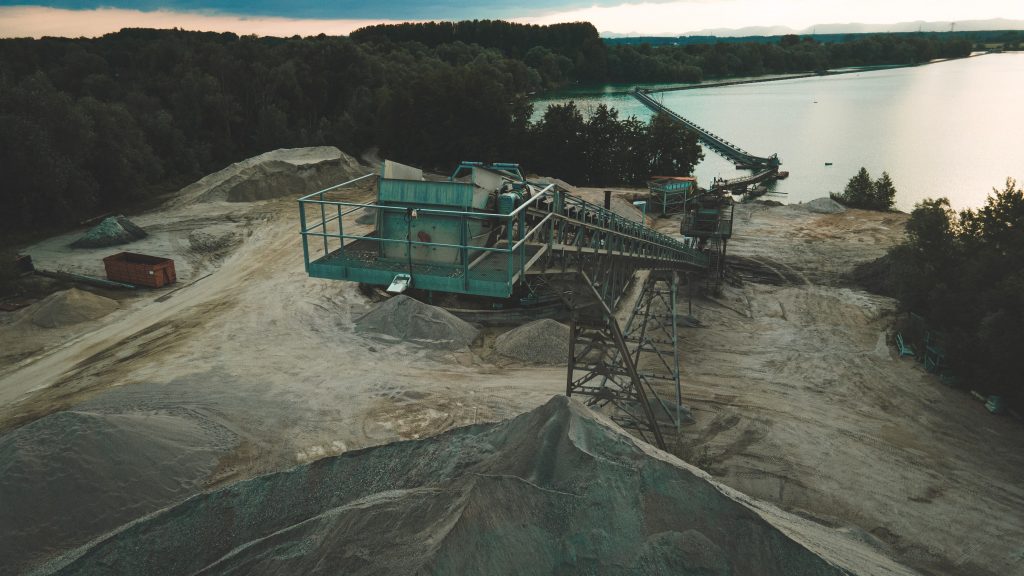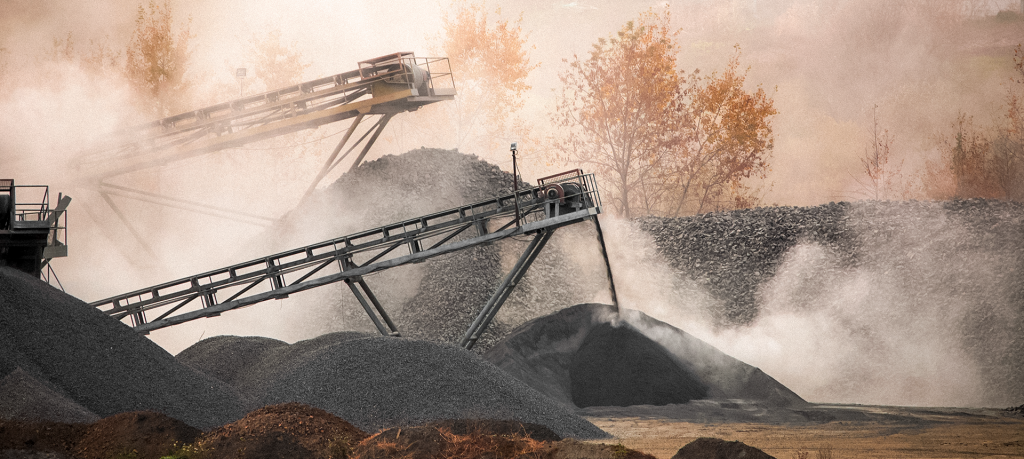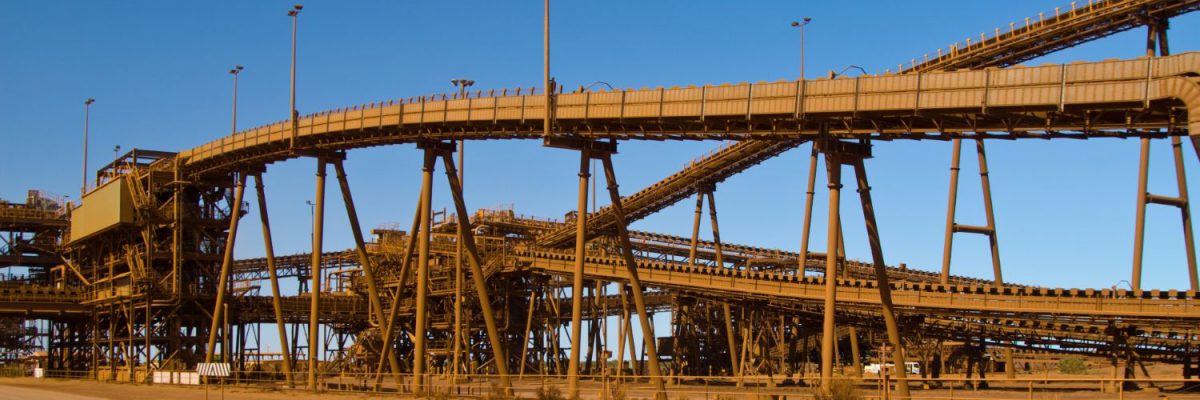
Conveyor belts are essential pieces of equipment in the production system of various industrial sectors, especially in mining. But do you know what a Long-Distance Conveyor Belt is?
This equipment is the best choice when you need to transport ores over long distances without this process becoming too costly.
Continue reading and learn all about Long-Distance Conveyor Belts!
After all, what are Long-Distance Conveyor Belts and what are their purpose?
Long-Distance Conveyor Belts can also be called Overland Conveyor Belts and it is a technology used to transport solid bulk over long distances, which becomes ideal for rough terrain and areas of difficult access.
This design also has specific technologies and technical characteristics that make it possible to perform vertical and horizontal curves as no other conveyor belt is able to produce.
Because of these types of belts, it is possible to reduce investments and do less earthwork and deforestation.
Like conventional conveyor belts, the long-distance ones have a variety of components that are essential to their operation, which are as follows:
- Conveyor belt;
- Snub, head, take-up, and tail pulleys;
- Impact and load idlers;
- Motor;
- Counterweight;
- Aligners;
- Cleaners;
- Loading chute;
- Skirt boards.
What are the advantages of a Long-Distance Conveyor Belt?
This type of equipment contributes very effectively to the operations of large companies because it is able to move solid bulk in large volumes for a long way.
Because of this, they become alternatives to the transportation of materials by larger means of transport, such as trucks, trains, and cable cars.
The main advantages of this technology are listed below:
- Reduction of multiple transfers, degradation of material, and energy consumption;
- Greater environmental preservation: as these conveyor belts operate across long distances, the need for a means of transport that emits large loads of CO2 is avoided;
- Low risks: the technology used in long-distance conveyor belts considerably reduces the risk of material spillage and other types of accidents.
Which industrial segment most uses Long-Distance Conveyor Belts?
These belts are present in several industrial segments as they are capable of reducing costs related to the transport of solid bulk, as well as inputs and raw materials.
However, the Mining sector is one of the most benefited, especially when the process involves transporting materials across long distances.
Remember that it is necessary to take the ore from the extraction point, which often is inside the mines themselves, all the way to the place where the materials will be processed and distributed.
So this technology brings several benefits, such as:
- Savings with fuel;
- Reduction in the risk of human error during transport;
- Reduction in the time of transporting the ore;
- Increased profitability;
- Savings in resources that would be used for maintaining other equipment at a higher cost.
So if there were no long-distance conveyor belts, vehicles would have to make long trips every day. If that were the case, many extraction projects would be unfeasible due to the high transportation costs.
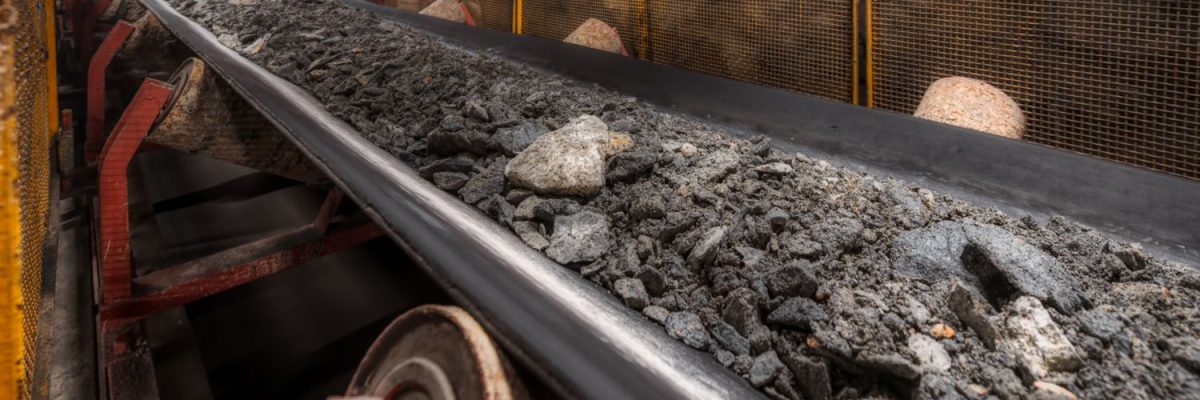
What is the function of these Long-Distance Conveyor Belts and their costs?
The belt is the most important component of this equipment as it represents most of its long-term cost and is one of the determining factors of the transport capacity.
The capacity of a conveyor system is mainly related to the speed, width, and shape of the belt. However, a number of other variables have a direct influence when determining the capacity of this equipment.
It is also important to note that, in mining, the costs of extraction, processing, inventory, shipment, and transportation are linked to the performance of the conveyor belts.
Considering this, the long-distance conveyor belt is part of the process from the front of the mine all the way to the place of shipment, while even passing through processing facilities in the plants.
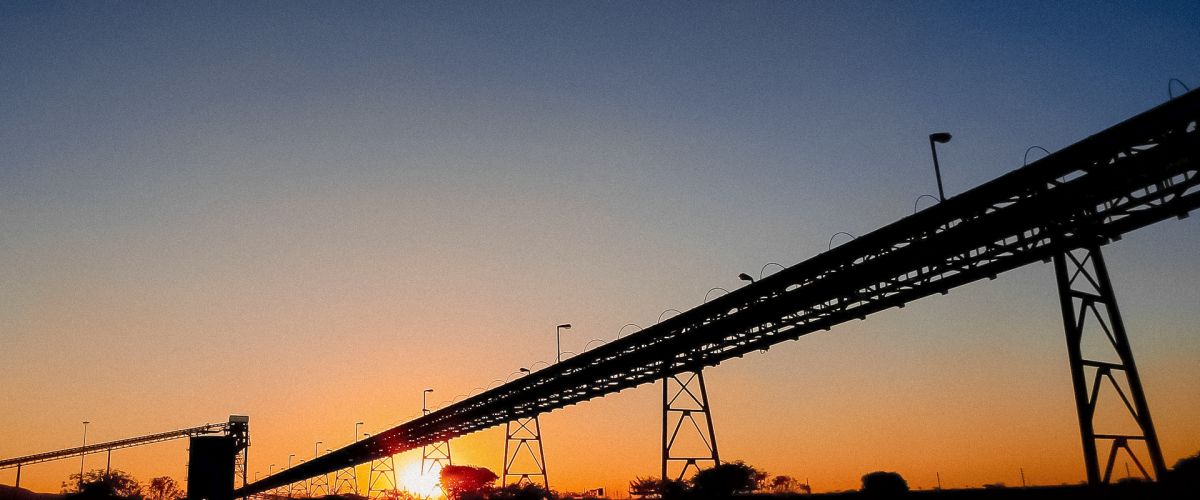
Now that you know more about this technology, get to know Mercurio Conveyor Belt.
Conveyor belts are essential components for the correct operation of the production chain in various sectors of the industry, so understanding their different types is essential for deepening your knowledge of this sector.
This technology makes it possible to transport materials across long distances, saving on financial resources with means of transportation, increasing productivity, and reducing environmental impacts.
Knowing this, Mercurio Conveyor Belt manufactures the best conveyor belts on the market due to its constant investments in research for developing customized products.
To learn more, talk to one of our experts now and take advantage of the expertise of the largest conveyor belt manufacturer in Latin America.
And if you want to keep learning more tips on how to optimize your company’s processes, follow the Mercurio Conveyor Belt Blog!
